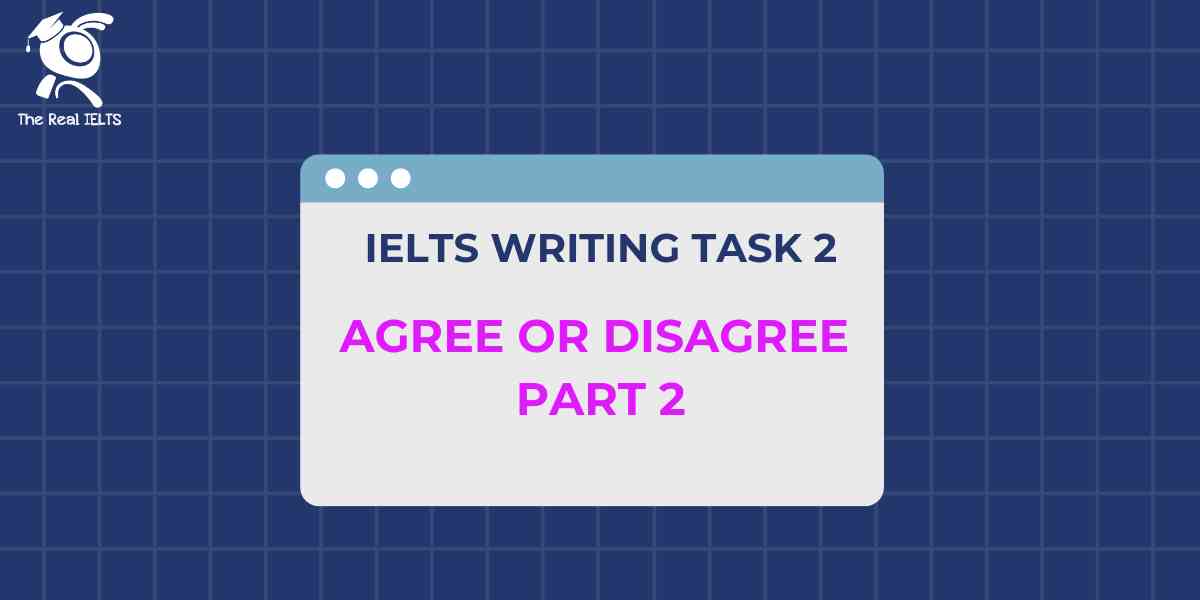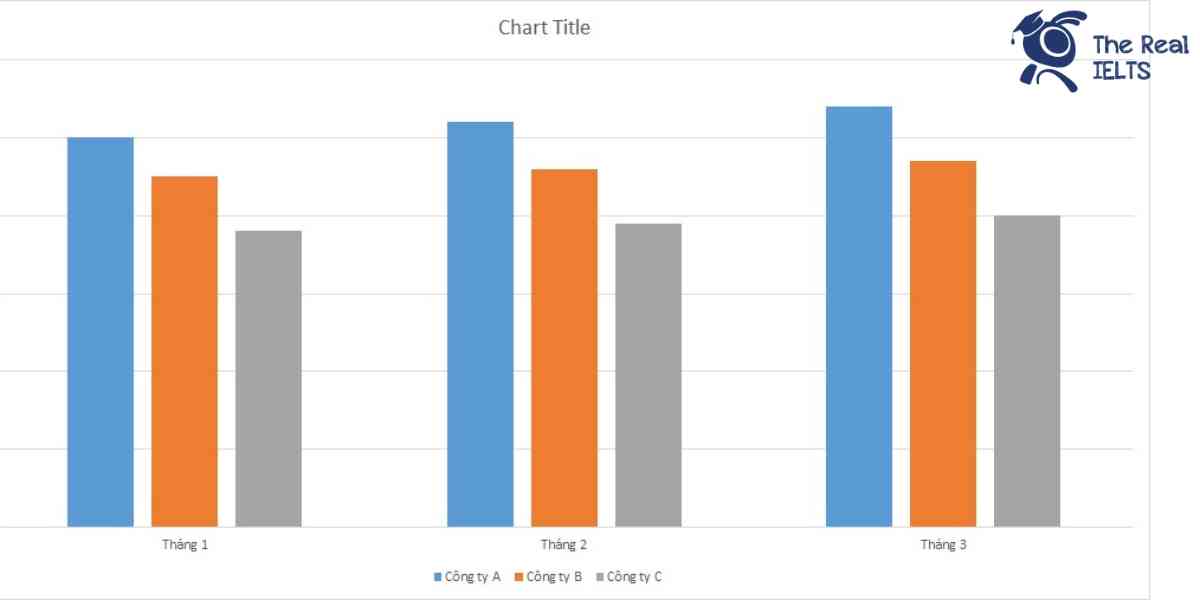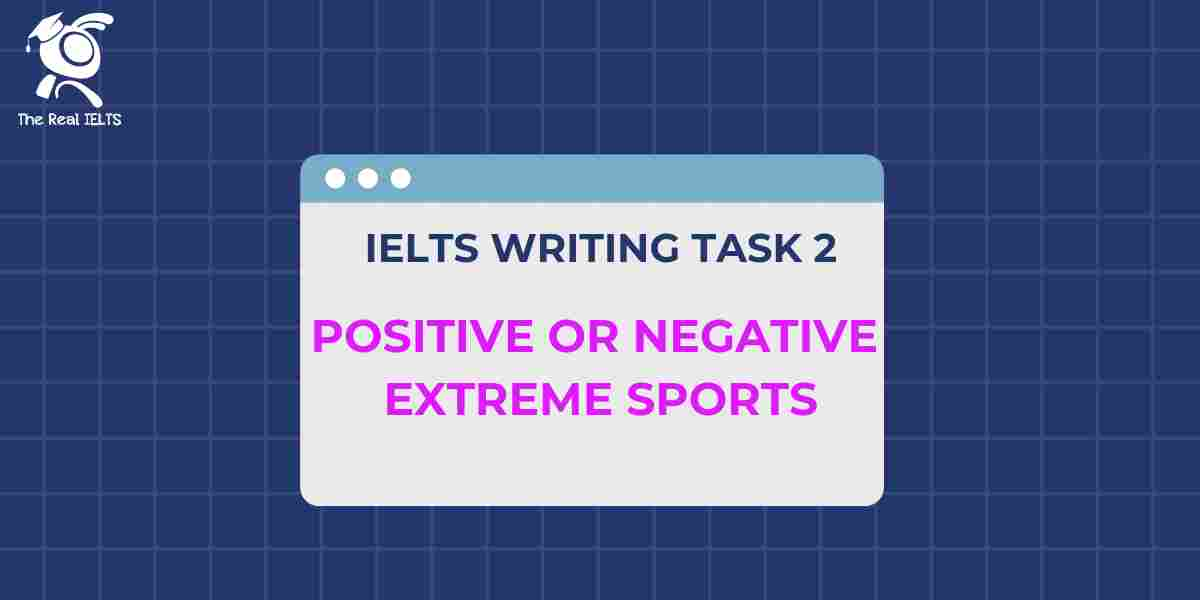Đề bài IELTS Writing Task 2 dạng Agree or Disagree Part 2:
You should spend about 40 minutes on this task
The death penalty is an effective deterrent to crime. To what extent do you agree or disagree?
Write at least 250 words.
Giải mẫu IELTS Writing
The Death Penalty as an Effective Deterrent to Crime: A Discussion
The death penalty has been a controversial topic for decades, with proponents arguing that it serves as an effective deterrent to crime, while opponents cite moral, ethical, and practical concerns. In this essay, I will argue that while the death penalty may have some deterrent effect, it is not the most effective or humane method of preventing crime.
Firstly, proponents of the death penalty claim that the fear of execution discourages people from committing serious crimes, particularly murder. They argue that knowing there are severe consequences, such as capital punishment, acts as a strong deterrent. However, research on this matter is inconclusive. Studies comparing crime rates in regions with and without the death penalty often find no significant difference, suggesting that other factors, such as economic conditions, policing effectiveness, and social support systems, play a more crucial role in deterring crime.
Furthermore, the death penalty raises significant moral and ethical issues. The risk of executing an innocent person, which has happened in several cases, cannot be overlooked. The irreversible nature of this punishment means that any judicial error cannot be corrected, leading to a grave injustice. Additionally, there is a growing consensus that state-sanctioned killing is inhumane and devalues human life, contradicting the ethical principles of a modern, civilized society.
Another critical point is the unequal application of the death penalty, often influenced by factors such as race, socioeconomic status, and legal representation quality. Studies have shown that marginalized groups are disproportionately sentenced to death, reflecting systemic biases rather than a fair and just legal process. This undermines the justice system’s integrity and suggests that the death penalty is not applied equally or fairly.
In conclusion, while the death penalty may have a limited deterrent effect, its effectiveness is highly questionable. The moral, ethical, and practical issues associated with capital punishment make it a problematic solution to crime prevention. Therefore, I disagree with the notion that the death penalty is an effective deterrent to crime. Instead, societies should focus on addressing the root causes of crime, such as poverty, lack of education, and social inequality, and invest in rehabilitation and restorative justice programs.
Cấu trúc ngữ pháp và cấu trúc câu
Cấu trúc câu
- Câu ghép (Compound sentences): Câu có hai mệnh đề độc lập nối với nhau bằng liên từ như “and,” “but,” hoặc “while.”
- Ví dụ: “The death penalty has been a controversial topic for decades, with proponents arguing that it serves as an effective deterrent to crime, while opponents cite moral, ethical, and practical concerns.“
- Câu phức (Complex sentences): Câu có một mệnh đề chính và một hoặc nhiều mệnh đề phụ thuộc, thường được nối với nhau bằng liên từ phụ thuộc như “although,” “because,” “while,” hoặc “if.”
- Ví dụ: “Firstly, proponents of the death penalty claim that the fear of execution discourages people from committing serious crimes, particularly murder.”
- Câu ghép phức (Compound-complex sentences): Câu có ít nhất hai mệnh đề độc lập và một hoặc nhiều mệnh đề phụ thuộc.
- Ví dụ: “Studies have shown that marginalized groups are disproportionately sentenced to death, reflecting systemic biases rather than a fair and just legal process.“
Cấu trúc ngữ pháp
- Câu bị động (Passive voice): Được sử dụng để nhấn mạnh hành động hoặc kết quả hơn là người thực hiện hành động.
- Ví dụ: “The death penalty has been a controversial topic for decades.”
- Câu điều kiện (Conditional sentences): Thường dùng để nói về các tình huống giả định hoặc các kết quả có thể xảy ra dựa trên điều kiện nhất định.
- Ví dụ: “The irreversible nature of this punishment means that any judicial error cannot be corrected, leading to a grave injustice.”
- Mệnh đề danh từ (Noun clauses): Được dùng để làm chủ ngữ hoặc tân ngữ trong câu.
- Ví dụ: “They argue that knowing there are severe consequences acts as a strong deterrent.”
- Mệnh đề tính từ (Relative clauses): Được dùng để bổ sung thông tin về danh từ, thường bắt đầu bằng “who,” “which,” “that,” v.v.
- Ví dụ: “Studies have shown that marginalized groups are disproportionately sentenced to death, reflecting systemic biases rather than a fair and just legal process.”
- Mệnh đề trạng ngữ (Adverbial clauses): Dùng để chỉ thời gian, lý do, điều kiện, mục đích, v.v.
- Ví dụ: “While the death penalty may have a limited deterrent effect, its effectiveness is highly questionable.”
Từ nối trong câu và giữa các câu
- Firstly – Dùng để giới thiệu ý đầu tiên trong một chuỗi các lập luận.
- Ví dụ: “Firstly, proponents of the death penalty claim…”
- However – Dùng để đưa ra quan điểm hoặc ý kiến đối lập với câu trước.
- Ví dụ: “However, research on this matter is inconclusive.”
- Furthermore – Dùng để bổ sung thông tin hoặc lập luận thêm.
- Ví dụ: “Furthermore, the death penalty raises significant moral and ethical issues.”
- Additionally – Dùng để bổ sung thêm thông tin hỗ trợ cho lập luận chính.
- Ví dụ: “Additionally, there is a growing consensus that state-sanctioned killing is inhumane…”
- Another critical point – Dùng để giới thiệu một luận điểm quan trọng khác.
- Ví dụ: “Another critical point is the unequal application of the death penalty…”
- Therefore – Dùng để kết luận hoặc đưa ra kết quả của các lập luận trước.
- Ví dụ: “Therefore, I disagree with the notion that the death penalty is an effective deterrent to crime.”
Từ nối giữa các đoạn
- In conclusion – Dùng để mở đầu đoạn kết luận, tóm tắt các điểm chính đã trình bày.
- Ví dụ: “In conclusion, while the death penalty may have a limited deterrent effect…”
Các từ vựng tiếng Anh cần lưu ý trong bài viết
- Controversial – gây tranh cãi
- Proponents – những người ủng hộ
- Deterrent – sự răn đe
- Opponents – những người phản đối
- Moral – đạo đức
- Ethical – thuộc về đạo đức
- Practical – thực tế
- Capital punishment – án tử hình
- Conclusive – rõ ràng, kết luận
- Factors – yếu tố
- Economic conditions – điều kiện kinh tế
- Policing effectiveness – hiệu quả của việc thực thi pháp luật
- Social support systems – hệ thống hỗ trợ xã hội
- Irreversible – không thể đảo ngược
- Judicial error – lỗi tư pháp
- Injustice – sự bất công
- Inhumane – vô nhân đạo
- State-sanctioned killing – việc giết người được nhà nước cho phép
- Devalues – làm giảm giá trị
- Modern, civilized society – xã hội hiện đại, văn minh
- Unequal application – sự áp dụng không công bằng
- Disproportionately – không tương xứng
- Marginalized groups – các nhóm yếu thế
- Systemic biases – thiên vị hệ thống
- Integrity – tính liêm chính
- Capital punishment – án tử hình (lặp lại từ trên)
- Questionable – đáng ngờ, không rõ ràng
- Addressing the root causes – giải quyết các nguyên nhân gốc rễ
- Rehabilitation – phục hồi
- Restorative justice programs – chương trình công lý phục hồi
Đọc thêm các bài Luyện Thi IELTS khác trong link nhé.















